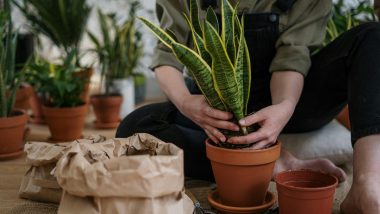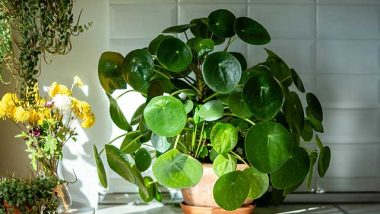Last updated on February 16th, 2025 at 10:39 am
Types of Snake Plants. Snake plants are easy to take care of, especially if you’re not great at keeping plants alive—or even if you just forget to water them half the time. They’re super tough and can handle a lot, like low light, dry air, and a missed watering or two. I’ve got a couple scattered around my place because they’re not only easy to care for but also look amazing.
Learn about Watering Snake Plants.
They’ve got this bold, upright vibe that works with pretty much any room. You’ll find them in all kinds of sizes, from small ones you can throw on a desk to tall, dramatic ones that can fill an empty corner. Some even have cool variegated patterns or yellow edges on their leaves, which makes them stand out even more. If you’re worried about killing plants, trust me, these are impossible to mess up—they’ll forgive you for almost anything. Here are some popular types worth knowing about:
1. Sansevieria Trifasciata (Mother-in-Law’s Tongue)
- One of the most common type you’ll see in homes, offices, and indoor shopping malls.
- It has long, upright, sword-shaped leaves with gray-green horizontal stripes.
- Grows best in low light and is super low-maintenance.
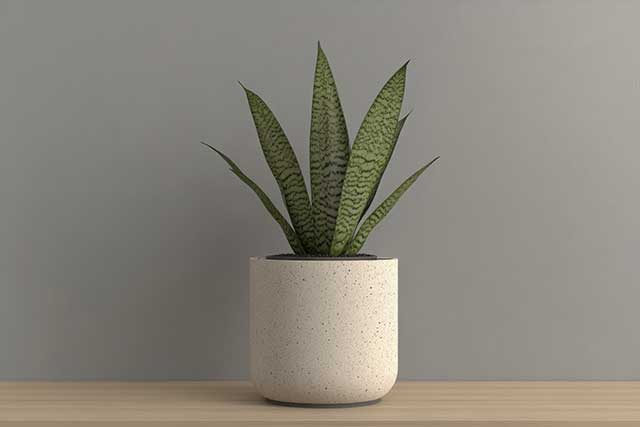
2. Sansevieria Laurentii (Also called Mother in Laws Tongue)
- The most common variety of Trifasciata, but with bold yellow edges on the leaves.
- Adds a nice pop of color to your space.
- Thrives in indirect sunlight but won’t mind some shade either.
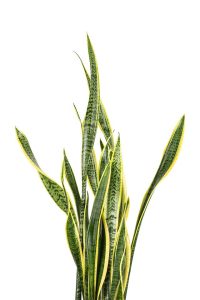
3. Sansevieria Cylindrica (Cylinder Snake Plant)
- Unique for its round, tubular leaves that grow straight up.
- The leaves can spread out naturally or be braided for a more decorative look.
- Loves bright, indirect sunlight but is drought-tolerant too.
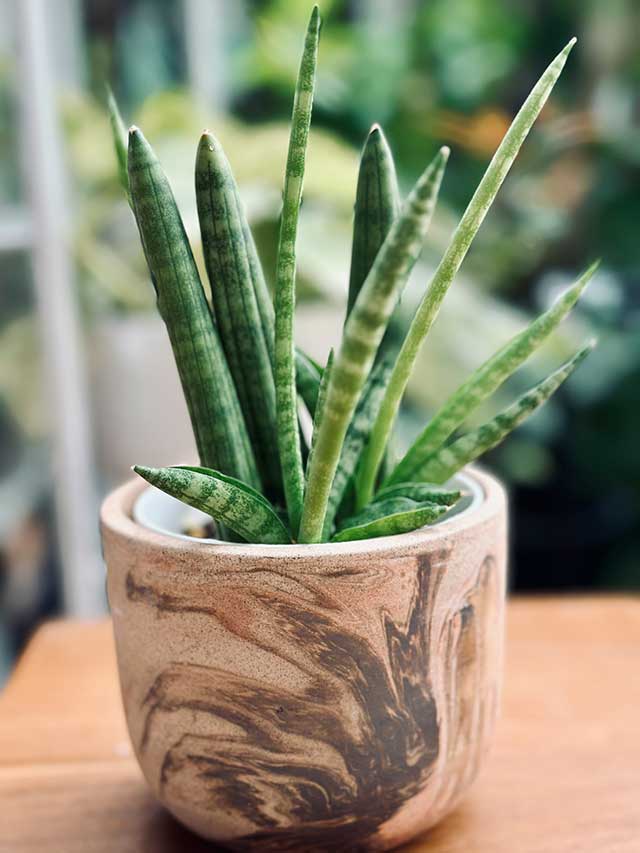
4. Sansevieria Hahnii (Bird’s Nest Snake Plant)
- A compact, shorter variety, usually no taller than 6 inches.
- Forms a rosette shape that kind of looks like a bird’s nest.
- Perfect for desks, shelves, or small spaces where bigger plants don’t fit.
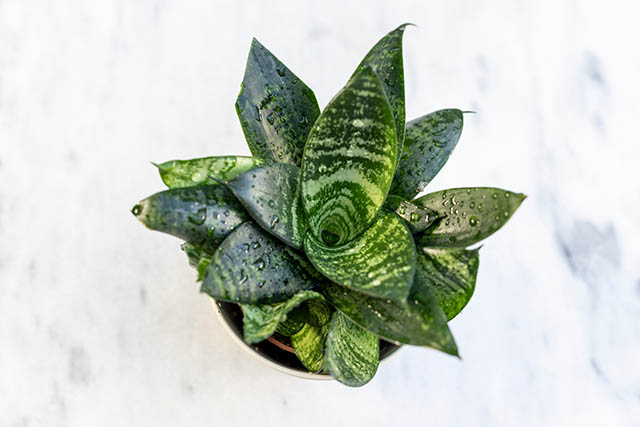
5. Sansevieria Zeylanica
- Often mistaken for Trifasciata, but its leaves are wider and less vibrant. Without yellow edges.
- Has wavy dark green patterns on the leaves, almost like brushstrokes.
- Hardy but grows slower compared to other types.
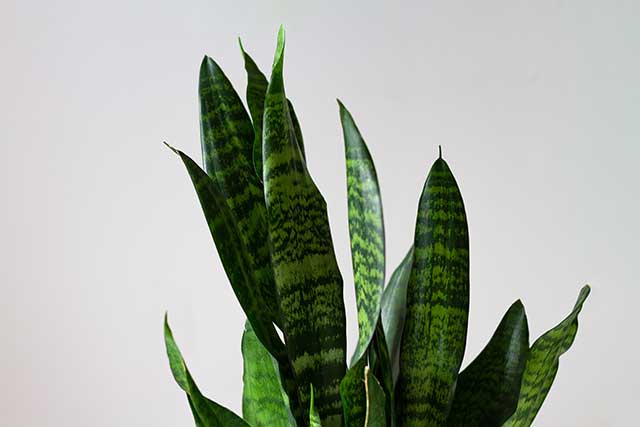
6. Sansevieria Masoniana (Whale Fin)
- Gets its name because its huge, broad leaves are shaped like whale fins.
- Growers love it for how dramatic and striking it looks.
- Grows slowly, but the payoff is worth it when the leaves get big.
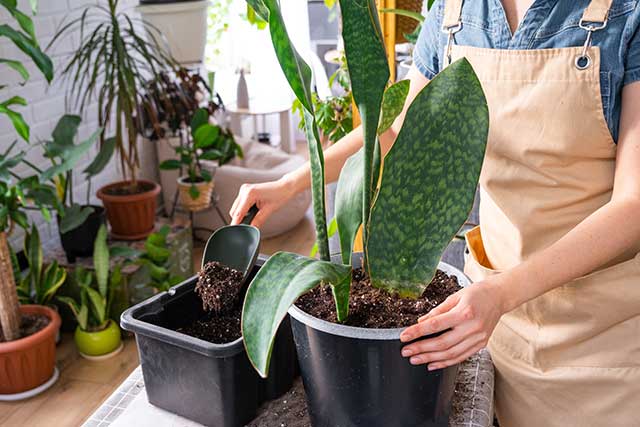
7. Sansevieria Kirkii (Star Sansevieria)
- Recognized for its wavy-edged leaves that are dark green with copper tones.
- Has a rough texture compared to smoother-leaved varieties.
- Also, flowers occasionally, produce spikes of white blooms.
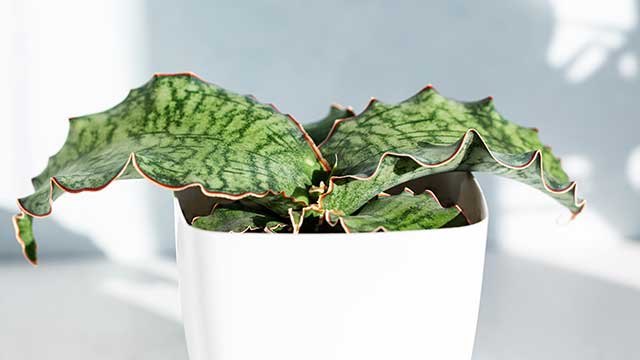
8. Sansevieria Patens
- Features thick, arching leaves that grow outward instead of straight up.
- The leaves curve as if they’re reaching for something.
- A great choice to pair with more upright varieties for visual contrast.
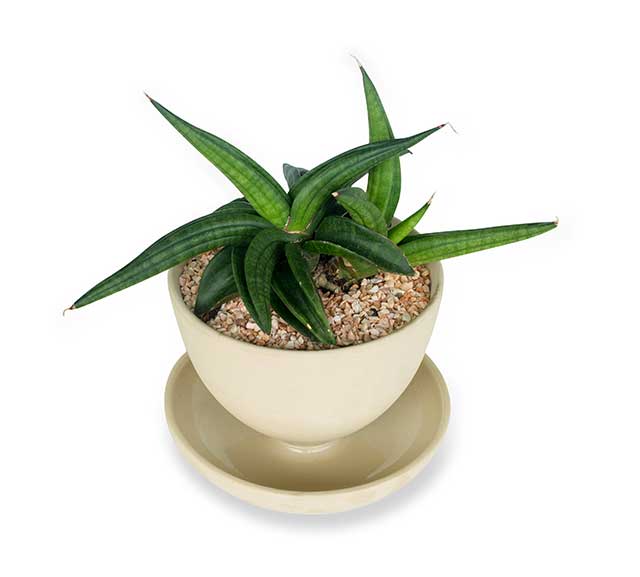
9. Sansevieria Samurai (Dwarf Snake Plant)
- A rare variety that’s small and compact, making it ideal for tight spaces.
- Leaves are thick and stiff, with a slight red edge that gives it character.
- Super resilient, even if you’re a forgetful plant owner.

10. Sansevieria Moonshine
- Known for its silvery, pale green leaves that almost glow.
- The color is more vibrant in brighter light but turns darker in shade.
- A modern-looking option to freshen up any space.
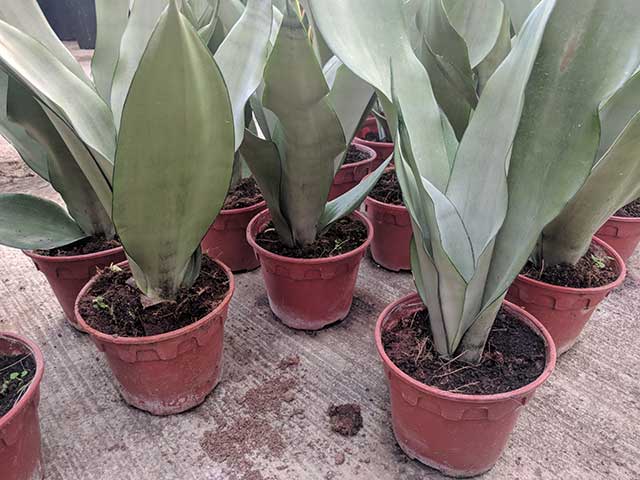
Takeaway
Snake plants are versatile, hardy, and come in so many cool shapes and colors. Whether you’re into tall and dramatic or short and quirky, there’s one for you. Plus, they’re pretty much impossible to kill, so they’re perfect for everyone—even if you’re just starting out with house plants.m
It is important to note that all Snake Plants are toxic to cats and dogs.

Greenhouse Manager, Master Gardener, and Webmaster.
If you have any questions or enjoyed this post, feel free to share your thoughts in the comments below.

